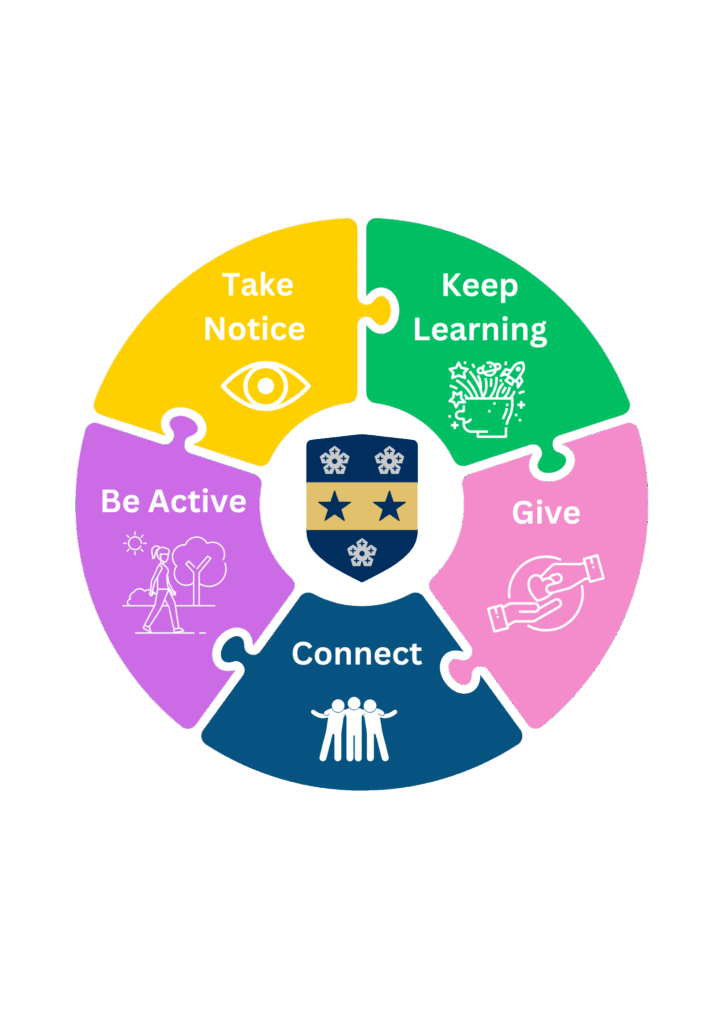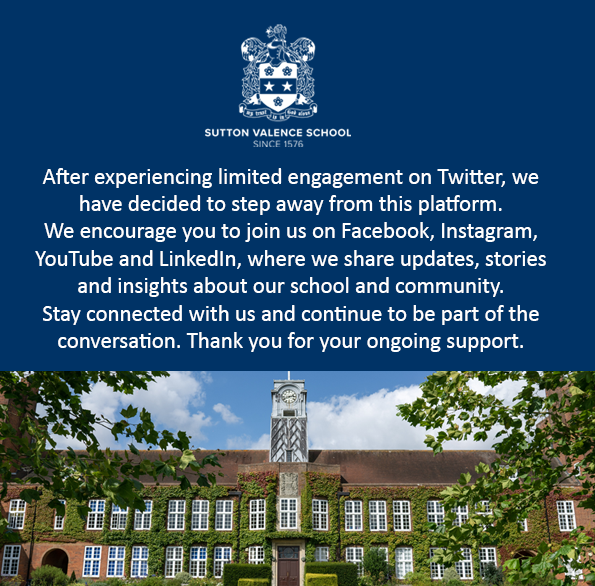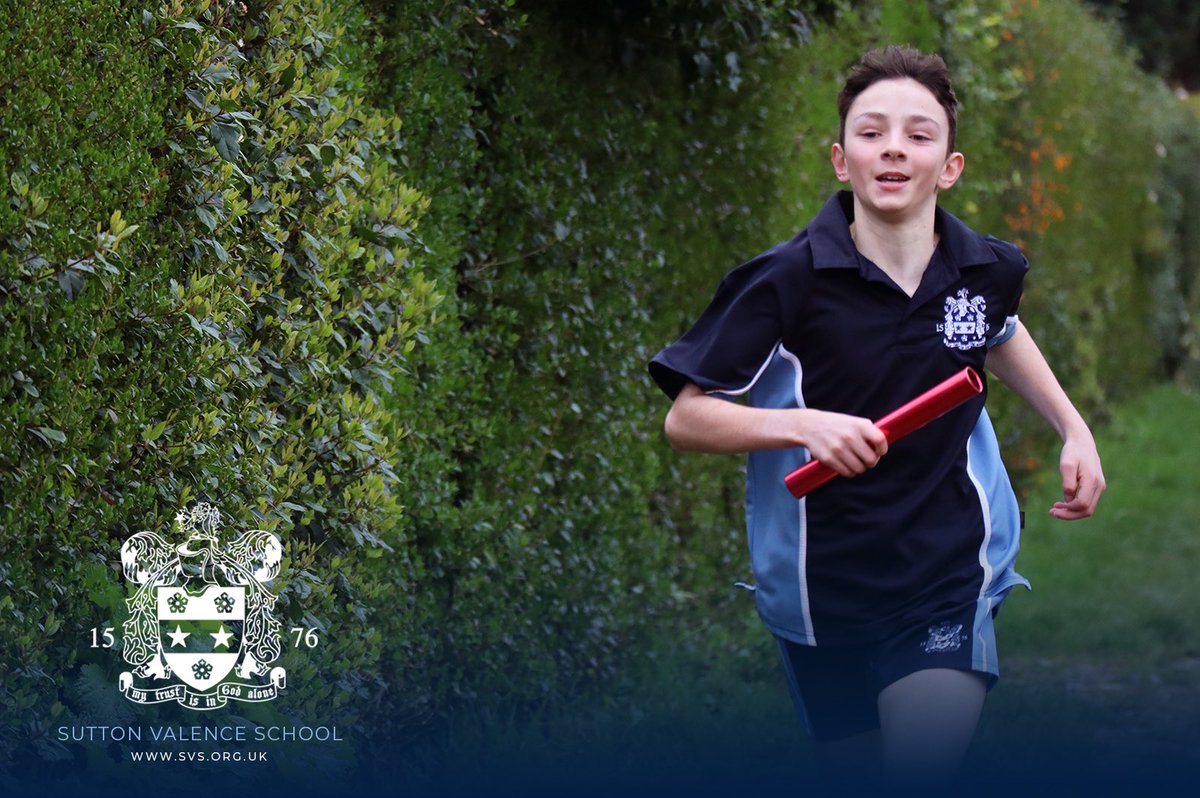
Over the past two weeks, I have been supporting many children who are experiencing different levels of anxiety. From this work, I thought it might be useful to share a short guide with strategies that have proven effective in helping students calm down in the moment, as well as approaches to managing and challenging anxiety over time. A key message is that it is not about avoiding situations that trigger anxiety, but instead about finding constructive ways to manage them, with patience, understanding and encouragement. I hope you find the article both helpful and reassuring. I have summarised the key points below and the full article can be found here:
Supporting students with anxiety: A step-by-step guide for teachers – Teentips Wellbeing Hub
1. Help them settle – Begin with slow breathing together and offer a moment of calm (even a sip of water helps regulate the body).
2. Explore the feeling, not the cause – Instead of rushing to why, invite them to notice where anxiety shows up (chest, stomach, throat) and what it feels like (fluttering, racing heart). This builds self-awareness.
3. Normalise with imagery – Anxiety can feel unbearable, so we try to push it away. Use metaphors, like a balloon under water – the more you fight it, the stronger it pops back up. Reassure them it is the body’s way of protecting us.
4. Invite anxiety in – Personify it with a name (e.g. “Burt”) to make it less intimidating. Model dialogue: “Thanks, Burt, I know you want to protect me, but I’m safe right now.” This helps students respond with perspective and humour.
5. Reframe with evidence – Guide them to gently challenge anxious thoughts. “You were worried about lunch yesterday, but it was fine so let’s trust today will be okay too.” Small reminders build confidence.
6. Ground with strategies
• Worst/Best/Most likely case – Think through scenarios to reduce catastrophising. The students often bring the ‘worst case’ so explore the best case and most likely case together.
• Rewriting anxious thoughts – Shift from “I will fail maths” to “Maths is tough, but I will try my best.”
These strategies do not remove anxiety, but they teach students to notice, accept and manage it. When adults model calm curiosity instead of rushing to solve, young people feel safe, supported and more resilient.
Mrs M Trachonitis





